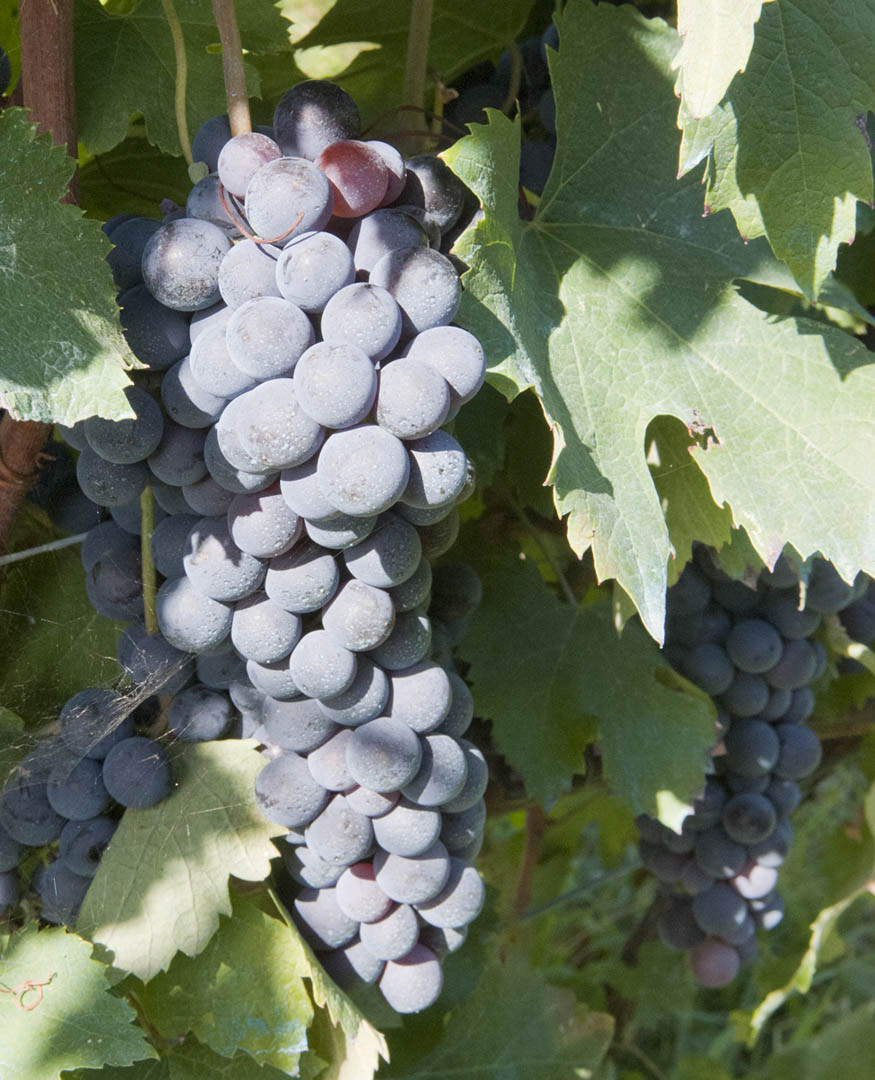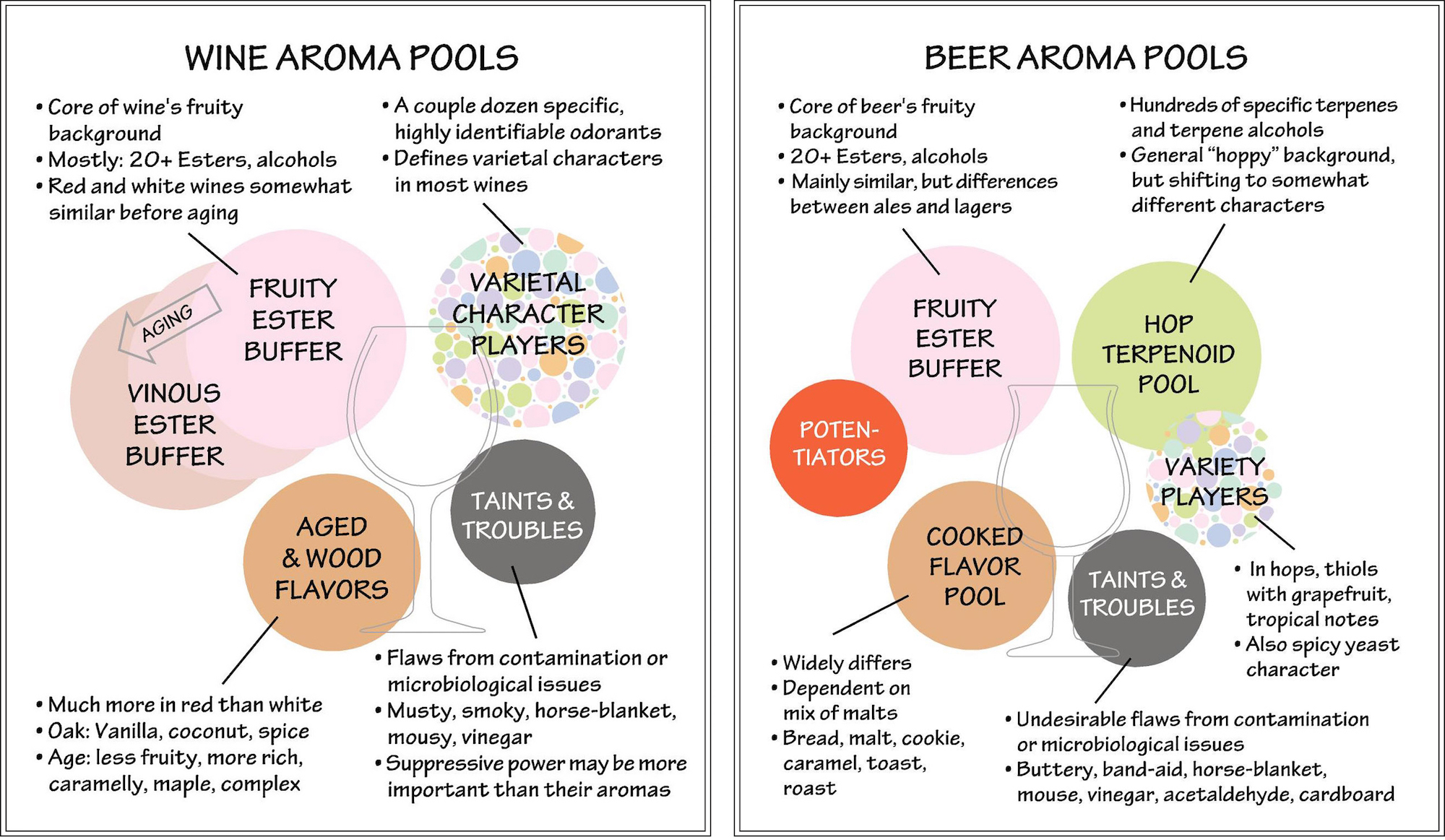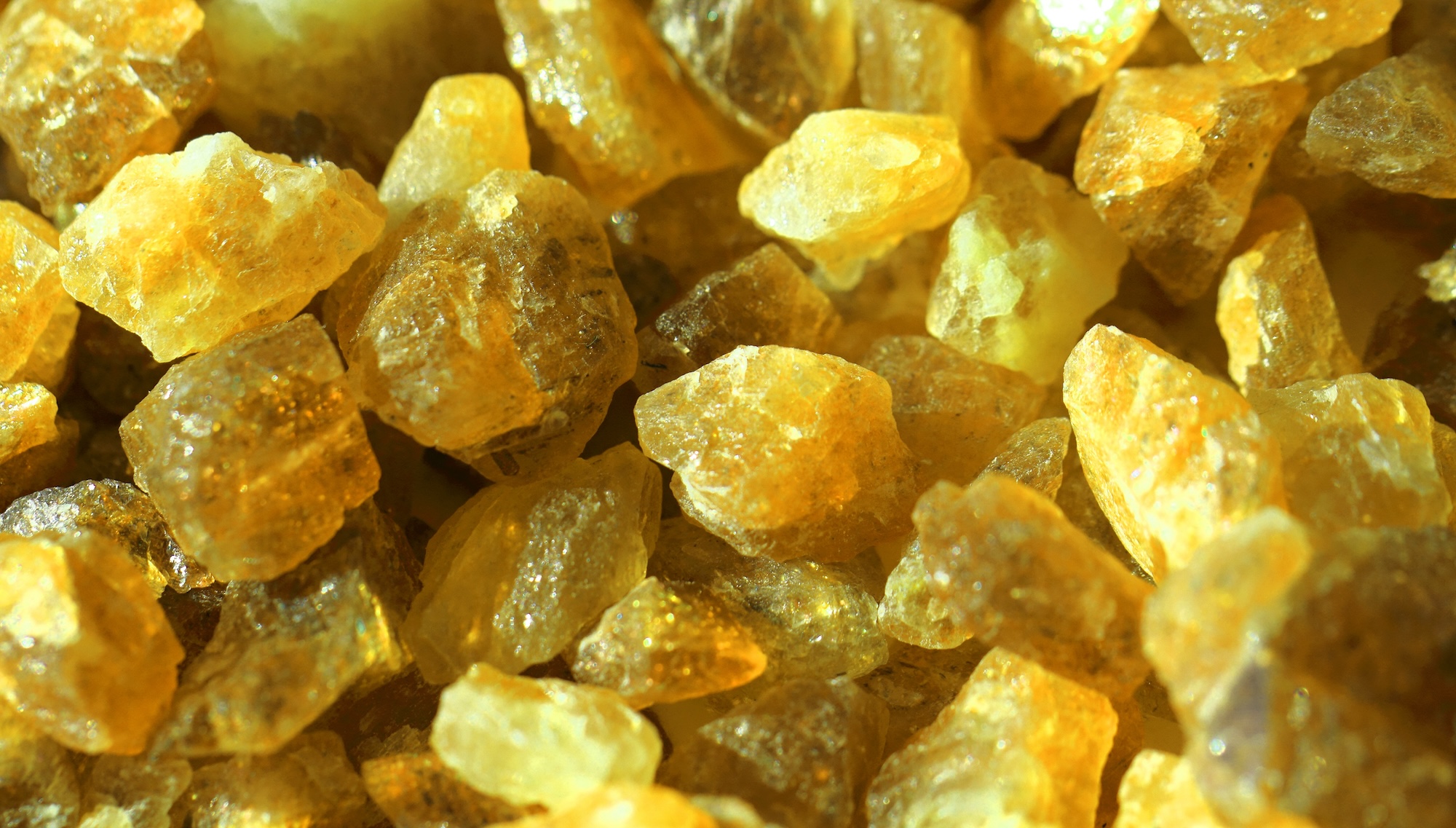A Chart of Wine Aroma Impact Molecules
This post deals with the fascinating world of functional fragrance: the commercial art of adding aromas to household products. Since so much money is riding on this, it tends to be highly secretive, and it’s very difficult to get those involved to really tell stories about the tricks and techniques that make these products and deal with our perceptually messy selves. John has moved on to other things, so was happy to share some insights with me.





